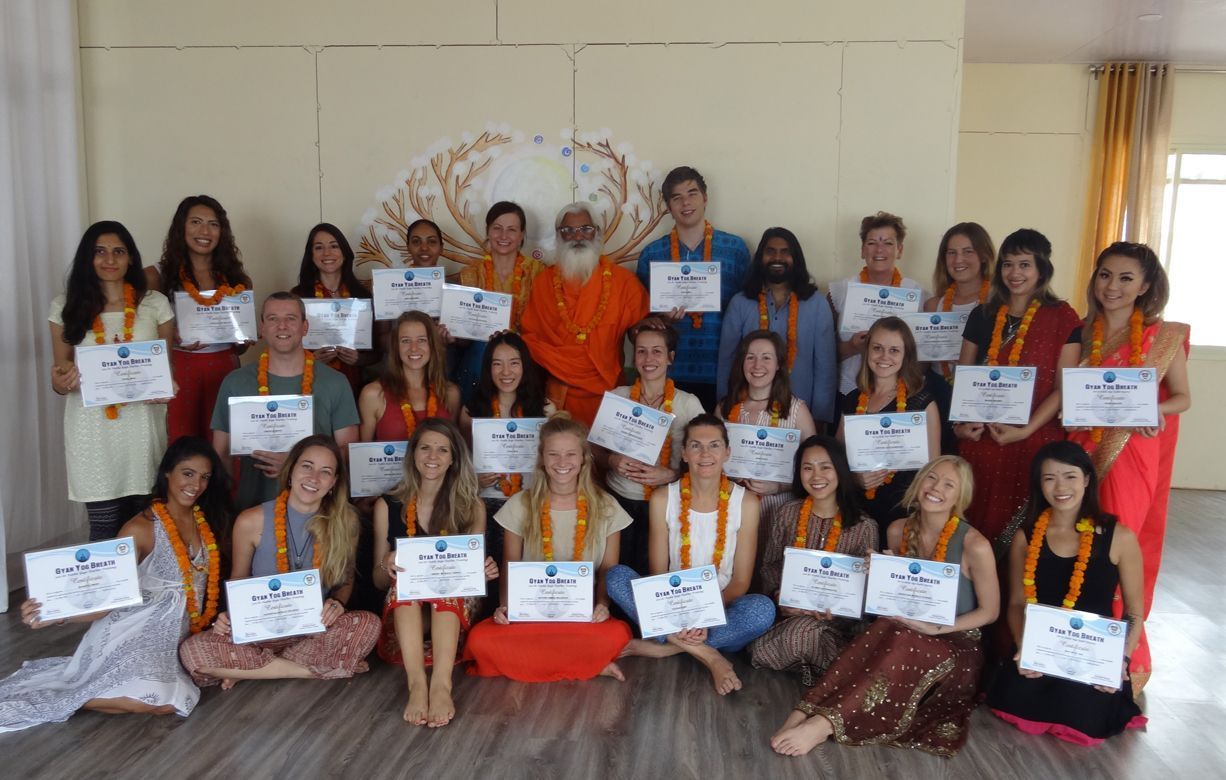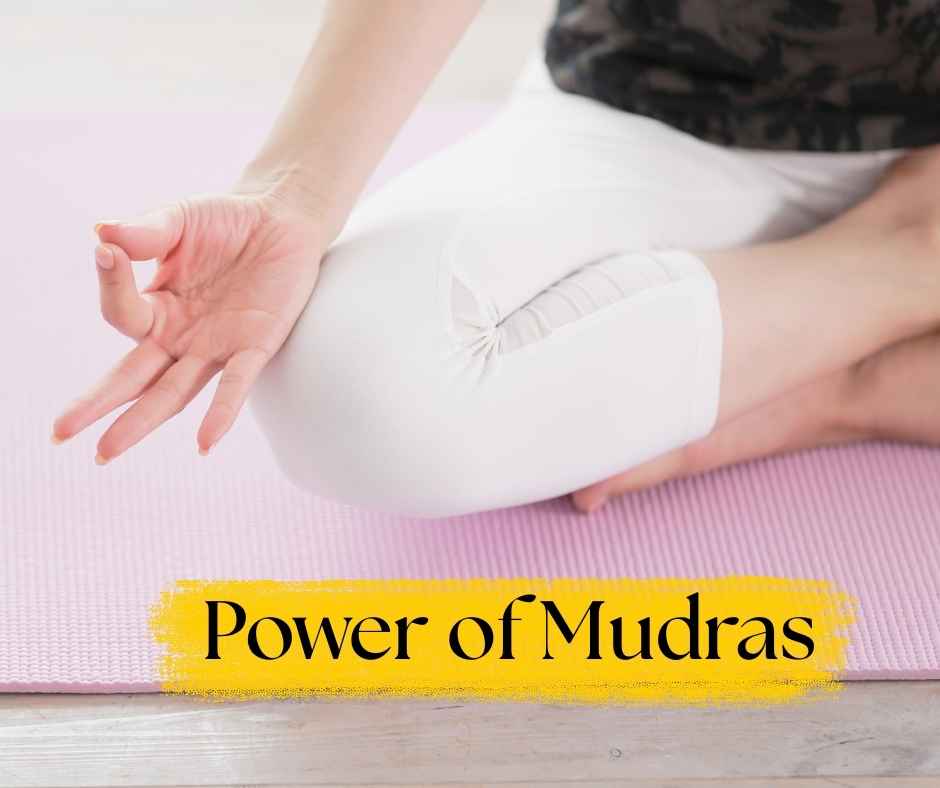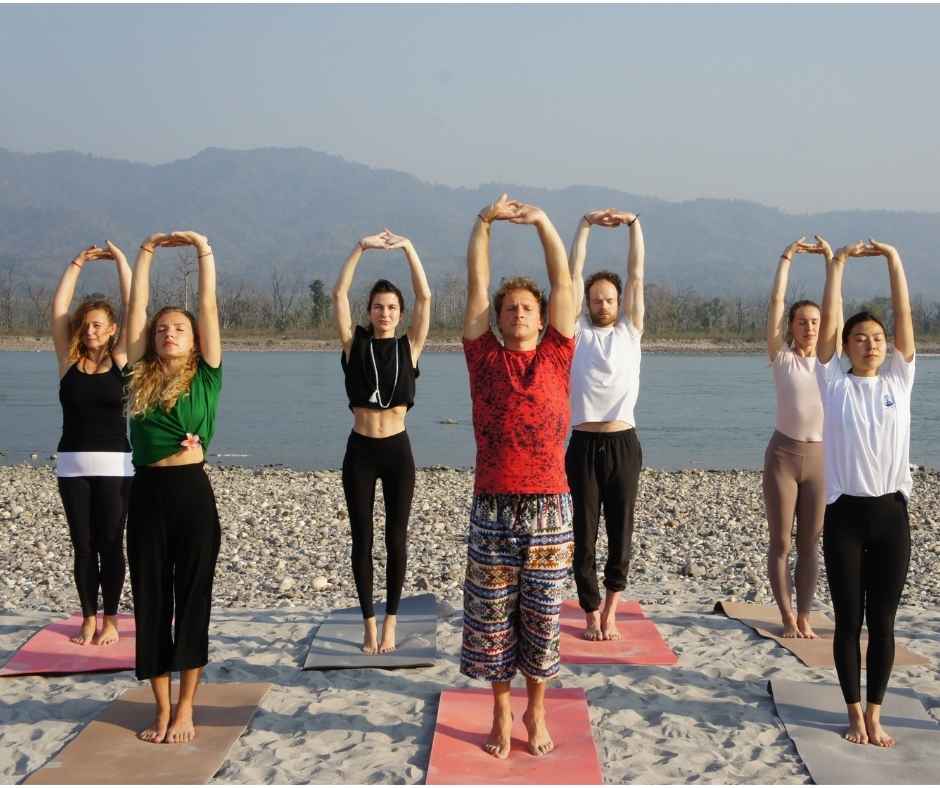How to Overcome Insecurities with Yoga
This essay is written with the intention of bringing awareness to yoga and the power it holds in self-
discovery which leads to overcoming your insecurities. Insecurity is defined as the uncertainty or
anxiety about oneself. It is the lack of confidence within your abilities and created as a result of fear.
Insecurities do not actually exist yet we steal from ourselves by giving power to this fear. This fear
only delays us from our truth and purpose in life. Our planet, Earth’s current population is 7.7 billion
as of February 2019 according to the most recent United Nations estimates. In our population of
7,700,000,000 people, nobody has the same fingerprint as another person. Every one of us was
created with our own phenomenal and unique individual identity yet we are all still equal. We
entered this life the same way, all fully equipped to face whatever is in our path because we were
created by The One that is so secure and will leave to return back to our Creator too in the same
way, so the importance is what we do with our moments in between. We owe it to Our God and
ourselves to praise each part that we have been blessed with while gaining knowledge to improve
the quality of ourselves and our community. You should not fall victim to the brainwashing of believing
you are not good enough if you don’t look, think or act in a specific way because you were perfectly
sculptured. You just need to rediscover your power.
Yoga has been such a wonderful tool in my personal life as it has given me knowledge, direction, and
understanding within myself and it is only the beginning of the journey. Yoga is not just a physical
exercise but a self-study. It is explained by Swami Sivananda Saraswati of Rishikesh as, “ the
integration of the head, heart, and hand.” Once you open up to this practice, it shows you that
everything we do is in fact yoga and it is rather a way of life, bringing your awareness to the present
moment while having an appreciation for the life you live. You should not be deceived by materialism
and ego, lead by your senses but rather become the master of your self and then your senses will
naturally follow. Yoga brings attention to the incredible capabilities of your body and mind
connection, something which society attempts to suppress so you may remain dependent on society
rather than on yourself. Asana is a state of being in which you remain physically and mentally stable
and comfortable. In Hatha yoga, asanas are postures that open up the energy channels within your
body and it has been discovered by Hatha Yogis that by establishing control over your body, your
mind is then controlled which provides you with the foundation to explore your mind and realize
those insecurities you had created have no real substance. The moment that we overcome those
insecurities is when we create space for opportunity and grace within our life. The following three
asanas have great mental and physical benefits;
Meru Vakrasana (spinal twist) gives insight and inspires a systematic approach to undoing tangled
knots that we create in life such as insecurities. When practicing this asana as a beginning, you need
to be careful that you do not twist your trunk (torso) more than your flexibility will allow. You begin
seated with your legs extended, Inhale deeply then exhale while turning your trunk to the right side
and place your right hand behind the body, palm close to the left buttocks. Next place your left hand
behind and slightly to the right buttocks, placing it as close as possible to the right hand. Bend the
left leg and place the foot on the outer side of the right knee. Twist the trunk as far as possible
without straining to the right side, use your arms as levers for support. Remember to keep the spine
relaxed, straight, and extended while the buttocks remain on the floor. You may bend your right
elbow slightly and breathe normally while holding the pose. Exhale as you release Meru
Wakrasana. The physical benefits to this asana are that it stretches the spine , loosening the vertebrae
and toning the nerves. It soothes backache and neck ache. It is a good asana for beginners and
mentally beneficial as it improves general health and provides vitality.
Next asana is a variation of Ardha Shalabhasana (half locust pose), a backward bend as sub-
conscious tension and (hang-ups) are often reflected in the tonic activity of the back muscles. To begin this variation, you need to lie on your stomach with legs and feet together, arms stretched over your
head, and chin on the floor. Keep arms and legs straight through the practice then inhale and
simultaneously raise and stretch your right arm and the left leg, your head, and your right arm must be as
high as possibly comfortable. Hold the position for as long as possible without straining then exhale
while returning back to starting position, allowing the breath to return back to normal. Repeat the same
movement with the opposite limbs. That is one round and you should complete 5 rounds for great
benefits. Focus on syncing your breath to the movements. This is a beneficial variation for beginners
to strengthen the back and release stiffness as it helps tone the back muscles while stimulating the
nerves, specifically in the lower back. It has mental developments such as improving concentration
through awareness of coordination with the movement and breath.
The last asana for the essay is Gupta Padmasana variation (hidden lotus pose) for complete relaxation.
Assume Padmasana and place hands on the floor in front of your knees, lean on your arms as
support, raise your buttocks and stand on the knees. Next, slowly lower the trunk of the body to the
floor, turn the head to one side and rest your cheek on the floor. Allow the hands to rest on the floor
beside the body and palms facing upwards. Close the eyes and rest the whole body. After some
time, turn the head to the opposite side for an equal amount of time. Breathing is normal and unrestrained
in this final position. Come up to starting position, cross the legs the other way and repeat the asana.
This asana is beneficial in correcting postural defects of the spine and in achieving a stable
meditation posture. This is considered s relaxation pose and brings peace, stability, and emotional
balance.
Through asana practice, the dormant energy is released creating confidence in all aspects of your
life, Now for pranayama which is not just breath control but assists in the flow of prana in the
energy channels of our body, should be done on an empty stomach with an empty bladder.
Bhramani Pranayama (humming bee breath), sit in a comfortable meditation asana such as
Padmasana with hands resting on knees in Jnana or chin Mudra. Close the eyes and relax the whole
body. The lips should remain gently closed with the teeth separated slightly throughout the practice
to allow the sound vibration to be clearly heard and felt. Raise the arms up, bend the elbows and
bring the hands to the ears. Your middle or index finger must be pressed against the ear flaps to plug
the ears without inserting the fingers. Bring your awareness to the center of the head, where your
crown chakra is located. The body must be absolutely still and exhale slowly in a controlled manner while
making a steady humming sound to imitate a black bee. The sound should be smooth, soft, mellow, and continuous for the exhalation duration while making the front of the skull reverberate.
At the end of the exhalation, the hands can be kept steady or returned to the knee then placed again
for the next round. That is one round complete and the breath should be smooth and controlled
through the practice. Bhramari relieves stress and cerebral tension and helps in alleviating
anger, anxiety and insomnia, increasing the healing capacity of the body. Bhramari induces a
meditative state by harmonizing the mind and directing the awareness inward. The vibration of the
humming sound creates a soothing effect on the mind and nervous system.
The key to overcoming your insecurities is learning about yourself and gaining confidence in your
ability, Yoga is proven to increase self-confidence and allow you to discover yourself through
being mindful in the life that you live. It is such a blessing. Through asanas, pranayama, and
meditation your body is strengthened as well as your mind while cultivating self-trust and
awareness. Namaste Ji!
“My soul honors your soul. I honor the place in you where the entire universe resides. I honor the
light, love, truth, beauty, and peace within you because it is also within me. In sharing these things
we are united, we are the same, we are one.”- unknown








